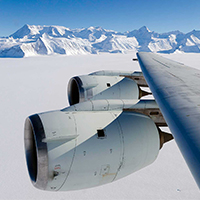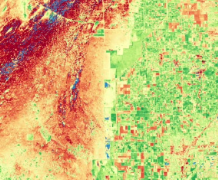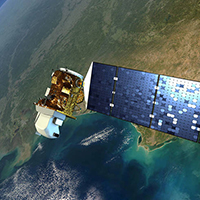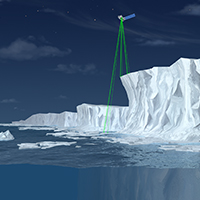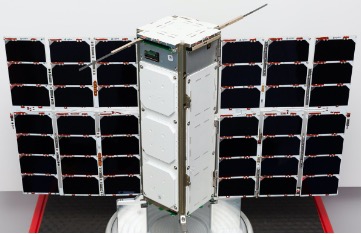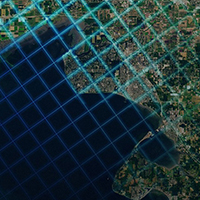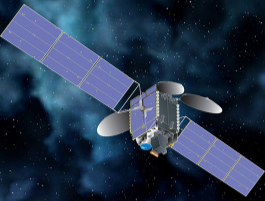NASA's SNWG SEP efforts include aggregation and delivery of relevant training in remote sensing topics, background on developed products, and training on how to efficiently access and utilize new products for stakeholder decision-making. Resources aggregated or provided by SEP focus on NASA and partner contributions in areas of remote sensing training, code recipes, and data processing.
The biennial SNWG survey and assessment cycles have led to the funding of new solutions that undergo processes for their formulation, implementation, and operational deployment. Solutions developed and deployed for operational use through new web portals, data products, and other capabilities are referenced below with links that direct users to more information.

